Cissus is a favorite plant of many gardeners. The bush owes its origin to tropical and subtropical climatic conditions. It is found in the wild in Africa, Southeast Asia, and Australia. Once in Europe, the plant quickly gained popularity. The bush belongs to the grape family. Its carved saturated green leaves, antennae and the ability to braid everything in its path are successfully used for decorative purposes. Being an ampelous plant, cissus successfully grows in hanging flower pots, quickly gives new shoots, but rarely blooms.
Its outward resemblance to birch and wild grapes, which is traditional for our latitudes, gave the flower other, popular names - indoor grapes, birch, and ivy. Care for cissus is simple, even a beginner grower can grow it at home.
Content
Is it possible to keep cissus at home, signs and superstitions
Among superstitious people, home grapes have a bad reputation and are traditionally surrounded by signs, like many vines. Mystical properties in the field of human relations are attributed to him. It is believed that grape ivy "survives" from the house of the male representatives. Such plants are called "husbands", and in addition to cissus, this group includes tradescantia, hoya, scindapsus.
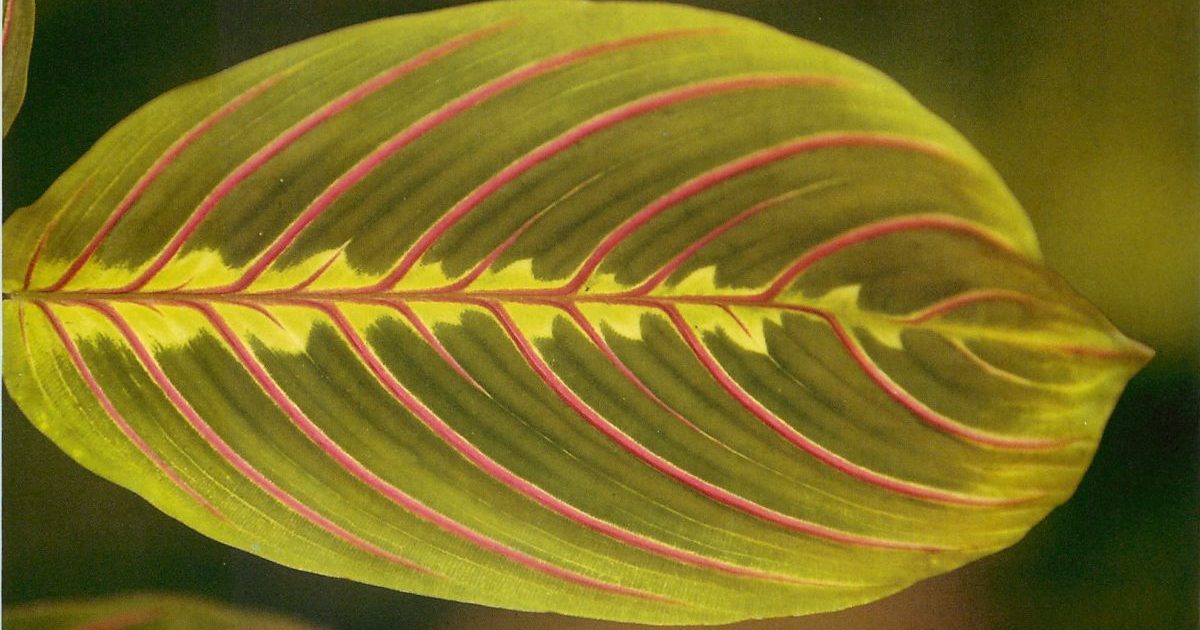 You may be interested in:
You may be interested in:For people without superstitions, cissus is a beautiful ornamental plant that has a number of useful qualities. It is not common for cissus to moisten the air. It cleans it, absorbing dust and harmful fumes, which means it minimizes headaches. Formaldehydes, which are part of some building materials, can cause nausea and dizziness, and home birch cleans the air from their presence.
The plant has a strong antibacterial effect. Phytoncides actively suppress bacterial infections and some allergens, are effective against intestinal infections. Cissus is used to reduce fatigue and increase immunity. Certain types of flower are used as an anabolic, with their help they treat sprains and even fractures.
Home grapes are recommended to be grown for those who suffer from a breakdown and increased fatigue.
Variety characteristics and species diversity
Cissus is a creeping shrub belonging to the group of ampelous plants. The stems are elastic, curly, the leaves are painted in bright green color and have a shiny surface. Blooms rarely at home, mostly white or cream flowers. Sometimes bears fruit. Under natural conditions, there are more than three hundred species of cissuses. Only a few are suitable for indoor cultivation. The most common include: rhomboid, Antarctic and quadrangular species.
The rhomboid species is the most popular among flower growers. It is unpretentious in leaving and grows quickly enough. The homeland is considered to be South America. The plant is characterized by rapid and rapid growth, while clinging to any support. The leaves are bright green, with notches of medium size, resembling grape.This species is most often called grape ivy. The stems are flexible and thin, thanks to them the plant not only spreads to the sides, but also rises up.
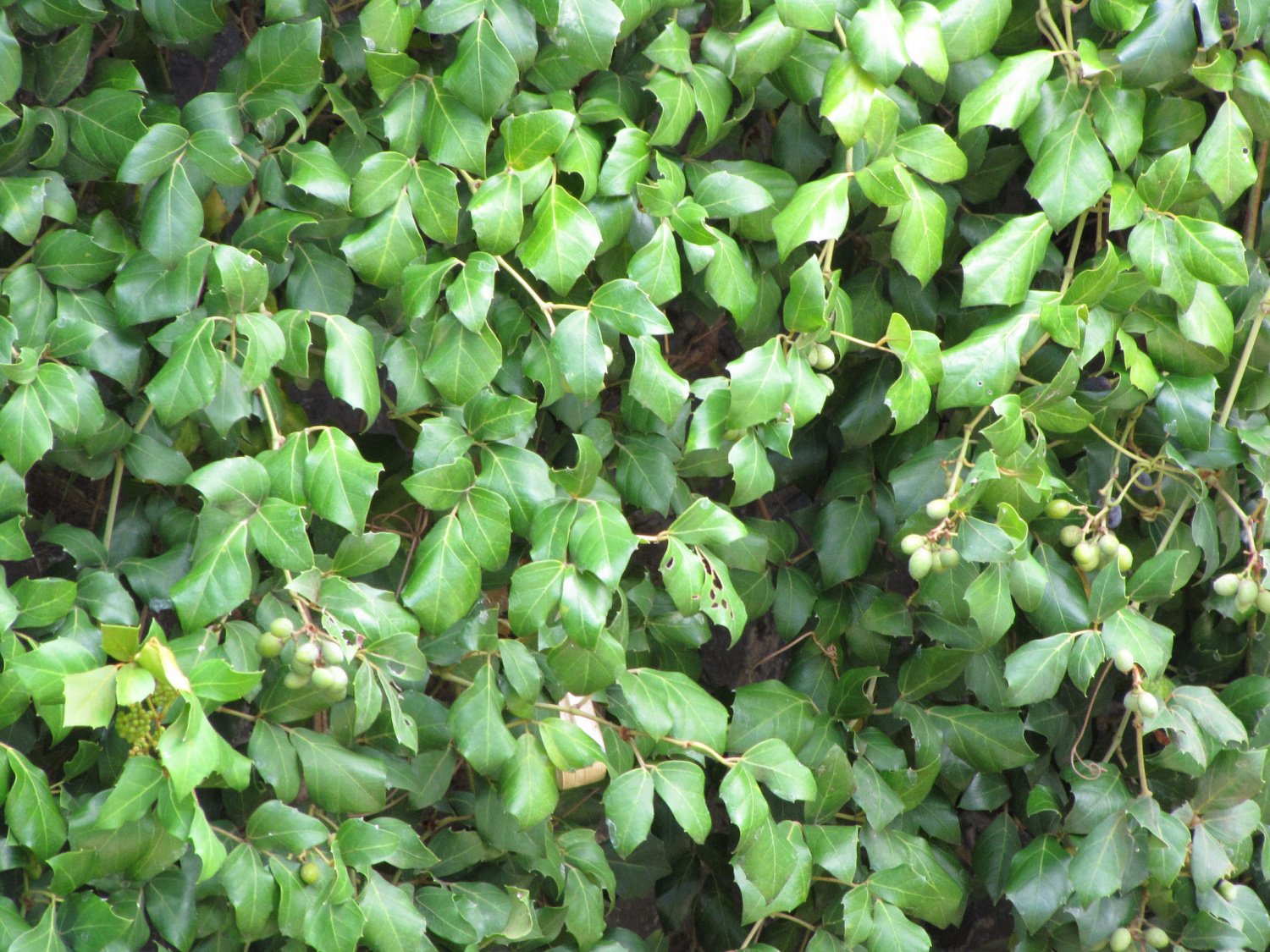
In nature, this species can reach five meters, forming a dense deciduous mass. Among the representatives of rhomboid cissus there are many popular varieties - Ellen Danica, Mandiana, Fiona.
The Antarctic species of cissus is slightly less popular. His homeland is Australia. In natural conditions, the stems of the plant are lignified, in the home environment the shoots do not lose their flexibility and elasticity.
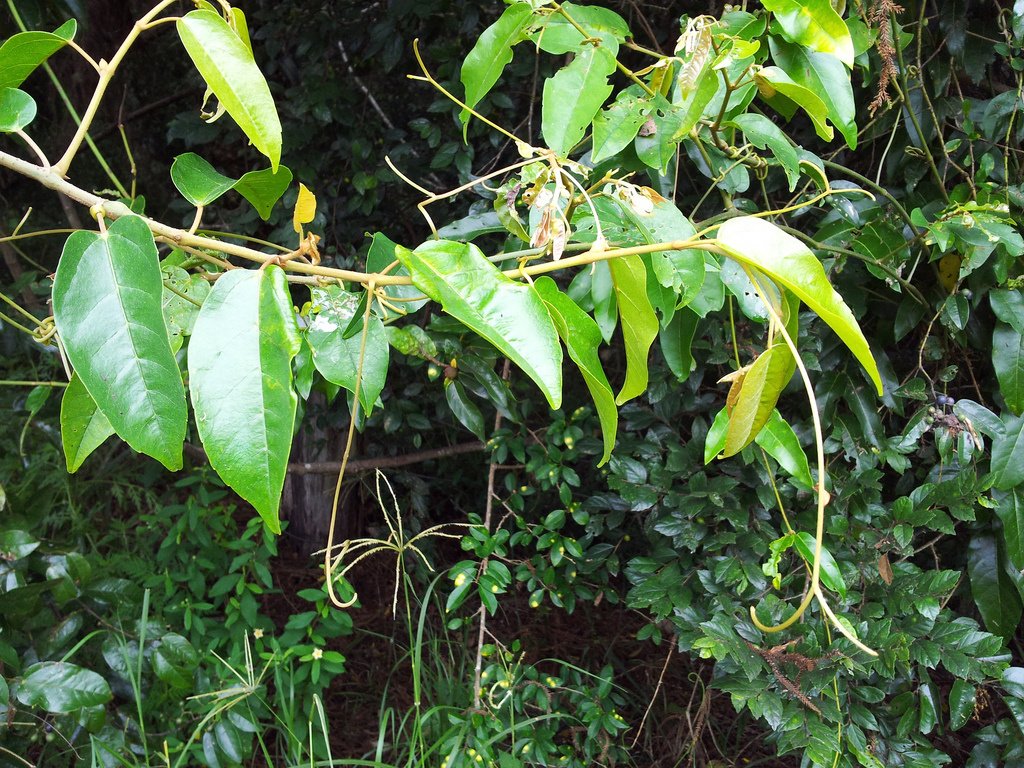
Antarctic cissus has oval bright green leaves with serrations on the edges. Their size can reach 11 centimeters. Shoots and antennae are fleecy, due to this they have a brown tint. It blooms and bears fruit in nature. The fruits are suitable for nutrition, but cause irritation of the mucous membranes.
Quadrangular cissus is of Indian origin, found in Sri Lanka, southern Asia, partly in Africa and Arabia, growing in the southern United States and South America. It grows up to one and a half meters, and the leaves reach 10 centimeters. Flowers are painted in light shades. Fruits in small round red fruits.
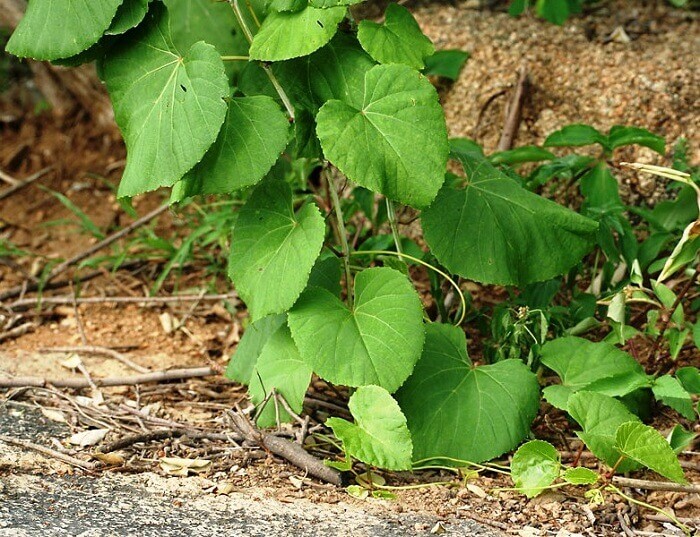
Its medical use has been known since ancient times. This plant was used to treat sprains, fractures, joint injuries, and was also used as an anesthetic.
In addition to the above, there are a great many varieties of decorative grapes: cactus-like, ferruginous, striped. However, they are practically not represented in the collections of amateur gardeners.
Secrets and difficulties of taking care of cissus at home
Cissus grows very quickly, wrapping itself around all the available supports. It is often used in interior compositions or for decorating fences in garden plots - it creates a spectacular hedge.

They are quite unpretentious in care and grow in almost every room. That is why they are recommended to inexperienced gardeners. Undemanding plants to light allows you to use it to decorate distant and poorly lit areas of the room.
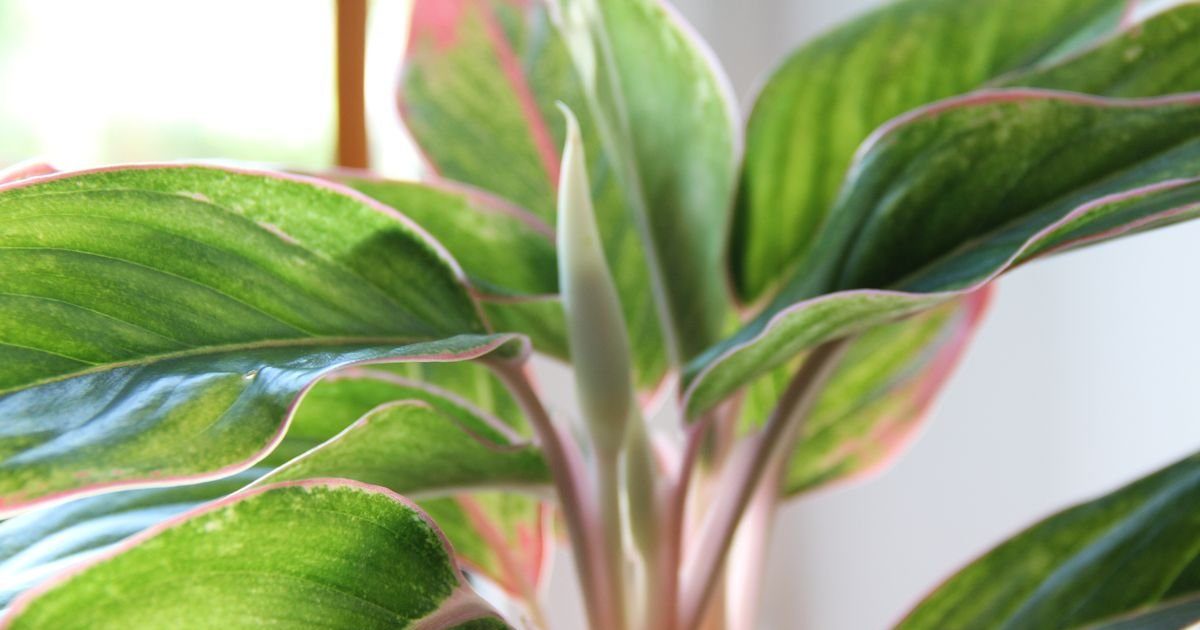 You may be interested in:
You may be interested in:General rules
Like most tropical and subtropical plants, home grapes prefer bright but diffused light. The best place to place it is considered the south or west side at some distance from the window. Cissus feels rather well in the shade.
It is better to protect a bush from bright direct sunlight. The plant is sensitive to the sun and can suffer from burns, so it is better to shade it in bright light.
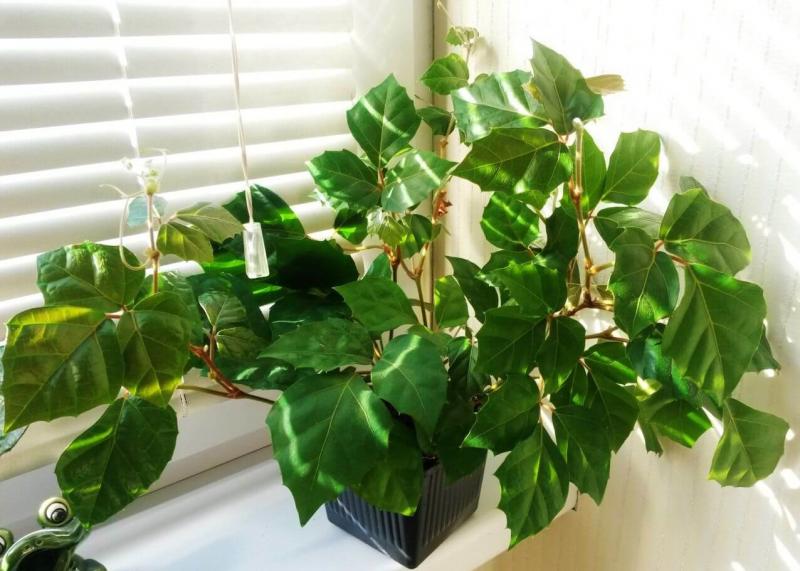
Cissus is adapted to various temperatures from 10 to 25 degrees Celsius. Some species are able to withstand even lower rates - up to +5 degrees.
In summer, the flower feels good outdoors. A warm summer wind will not harm him, but it is better to protect the bush from drafts. A sharp drop in temperature can cause the plant to completely get rid of foliage.
Despite its tropical origin, cissus calmly tolerates insufficient humidity. In the summer, in the heat, and in the winter, when the heating devices are working, it is advisable to spray it regularly.Home grapes are watered regularly, as the soil dries. In summer, watering should be intense, but not excessive so that the roots do not rot. Use soft water at room temperature.In the autumn-winter season, watering is reduced. It is necessary to moisten the soil enough to support the work of the roots.
Top dressing is carried out during the period of active growth - in the spring and summer. The procedure is carried out on average once every two weeks using universal mineral fertilizer. In winter, top dressing is not required.
Despite the existence of general rules for the maintenance of grape ivy, its different species have their own characteristics.
Care for Cissus Rhombolist
Unpretentious rhomboid cissus will not require complicated care, and its spectacular appearance will serve as a decoration for any interior.
He loves light, but is afraid of direct sunlight. To avoid burns, the plant is placed further from the window. It grows well in the shade, but with a lack of light, castings become thinner, and the stems take a more extended shape.
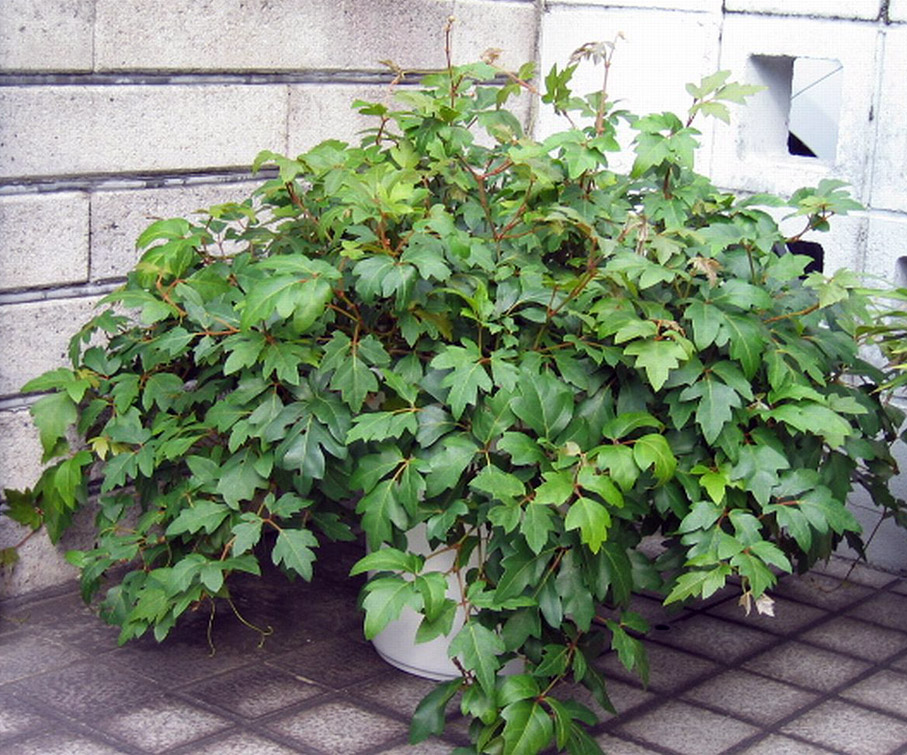
Each year, the rhomboid species is transplanted into fresh nutrient soil, and several times a year, top dressing is performed. The need for its implementation will tell the appearance of the leaves - if they are slightly yellowed, then it's time to make fertilizer.
Caring for Cissus Antarctica
Antarctic cissus does not have an acute need for bright light, but it is extremely negative about temperature differences in the room. At the same time, heat is more preferable to him than hypothermia.
In summer, this species is watered often and plentifully, regular spraying is also necessary. Stains may appear on the leaves due to dry air. Fertilize the bush often, using, if necessary, a nitrogen or phosphorus-containing nutrient. In winter, the plant is watered a little and kept cool. It is transplanted every year, using necessarily nutritious soil.
Care and healing properties of Cissus Quadrangular
The quadrangular variety of cissus is rarely cultivated indoors. This large plant with fleshy stems came to the territory of Europe from hot India. Despite the thick stems up to 1 cm, the leaves are not large, they fall quickly and grow quite slowly.
In European medicine, the therapeutic possibilities of the flower are being actively studied, while Indian medicine has brought to our days a lot of information about its use in the treatment of bone tissue and joints. Today, its effect on the speed of bone fusion, the elimination of pain, and the effectiveness in losing weight have been proven. In addition, other plant features are known:
- improves metabolism;
- relieves fatigue and tones the body;
- prevents the development of diseases of the heart system, stabilizes blood pressure;
- lowers blood sugar and prevents the development of diabetes.
Not all plant possibilities have been studied to date. Research is ongoing in many European countries.
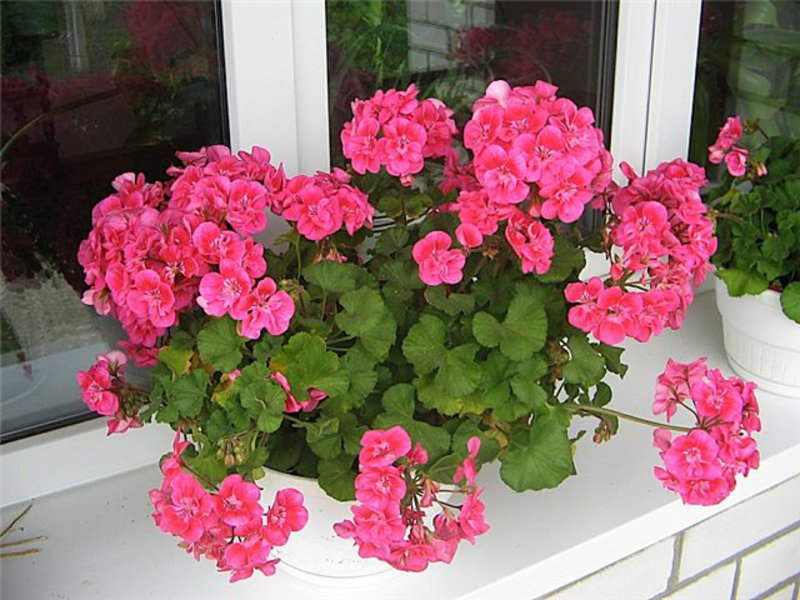 You may be interested in:
You may be interested in:How to propagate and transplant a flower at home
The best time to transplant is considered the beginning of spring. A young plant is replanted every year, adult bushes - about once every two to three years. In order not to injure the plant, they use the method of transplantation with an earthen lump - the so-called transshipment, adding fresh soil on top.
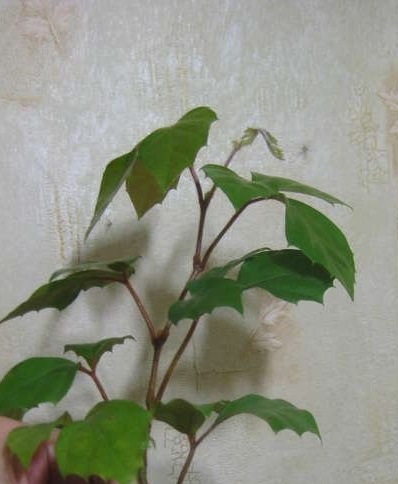
If the roots of the plant have signs of decay, they completely replace the soil. For planting, choose a small pot, not much larger than the previous one.Cissus prefers some tightness, and feels uncomfortable in a large pot.
For propagation of home grapes use the method of cuttings and dividing the bush.
For propagation by cuttings from the upper stalk, a process with several leaves is cut off and placed in water until the roots appear. After the plant is rooted in a small container with the usual soil. So that in the future the bush has a more magnificent appearance, several processes can be planted in one container at once.
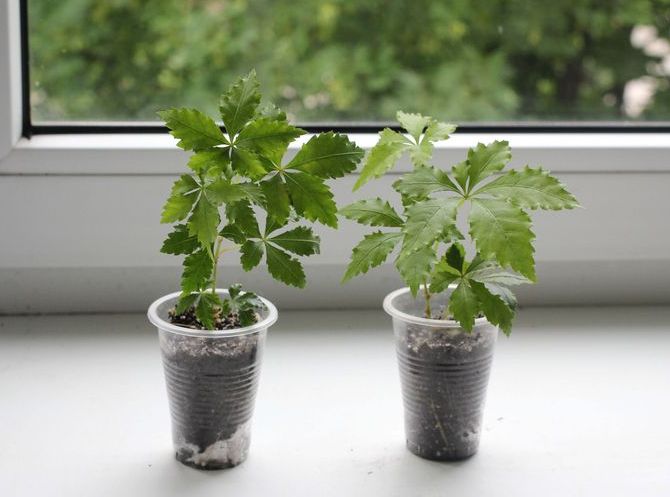
When transplanting, you can resort to the method of dividing the bush. For this, the adult flower is divided so that in each part there is a strong developed root and an adult healthy shoot. The resulting bushes are rooted in new containers in the prepared substrate and looked after in the usual way.
Common Growing Questions
Cissus refers to those plants that are valued for lush green foliage, and not abundant flowering. Observance of simple rules will help the bush to have a dense and branched crown and be a worthy decoration of a room greenhouse.

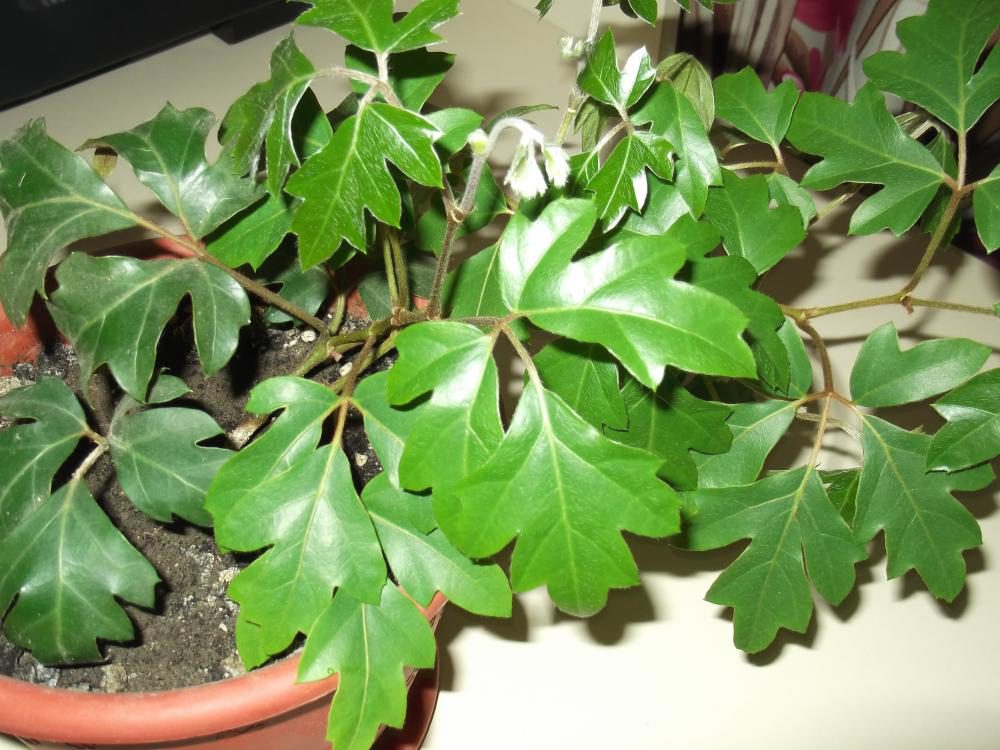
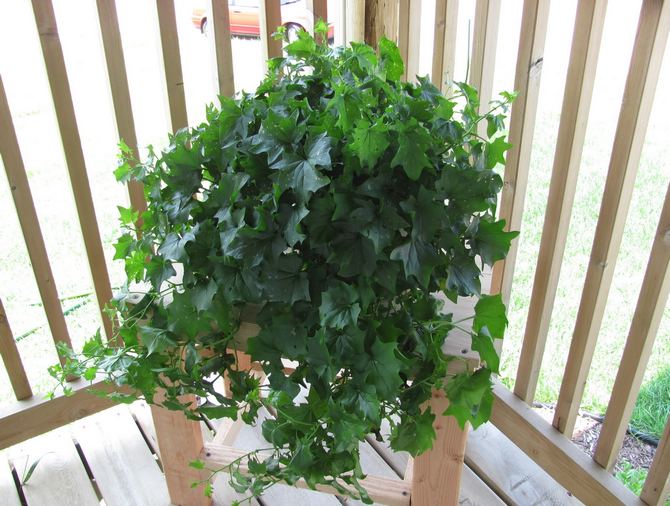
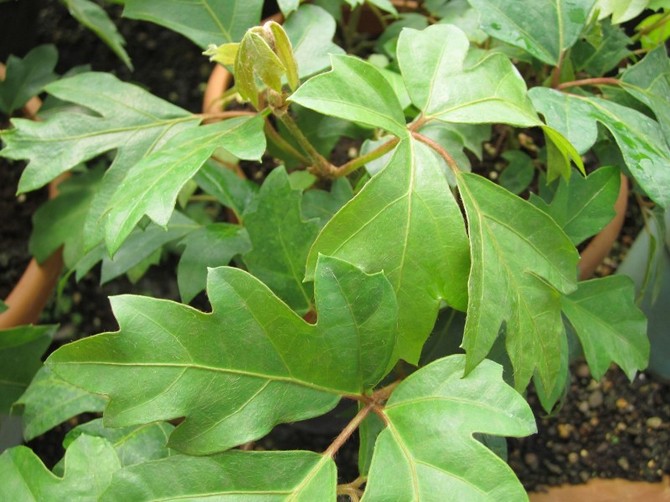



 Sow in the ground, without seedlings: 10 beautiful and unpretentious flowers
Sow in the ground, without seedlings: 10 beautiful and unpretentious flowers Platicodon planting and outdoor care
Platicodon planting and outdoor care Hosta - planting and care in the open ground in the Urals
Hosta - planting and care in the open ground in the Urals Oleander - care and growing at home
Oleander - care and growing at home
Diets.Guru
Most often, such signs associated with indoor flowers are related to the long-known domestic plants. Species that have recently appeared on the market have not yet acquired superstitions. Moreover, very often these statements are very contradictory.